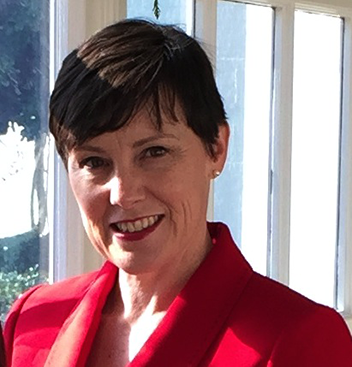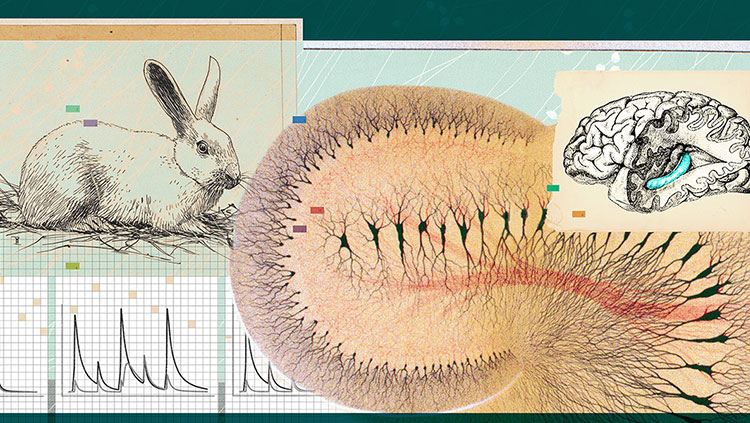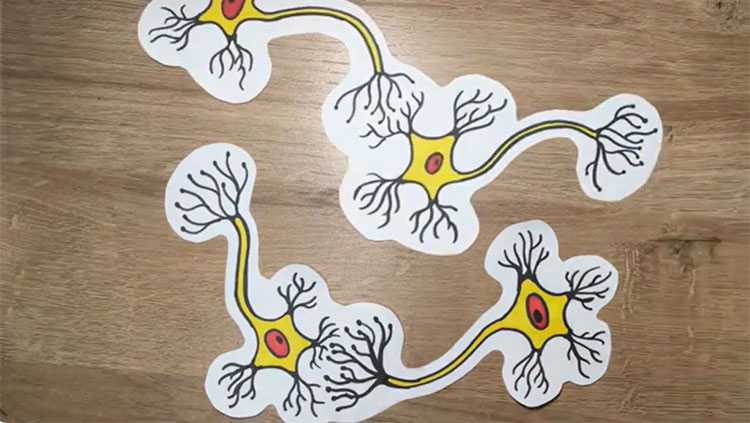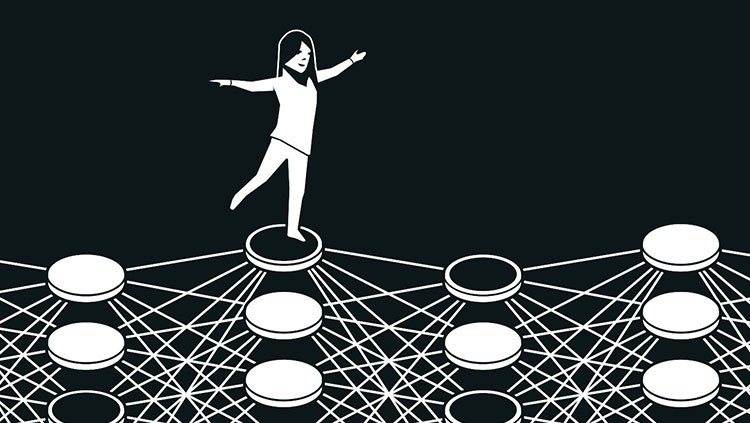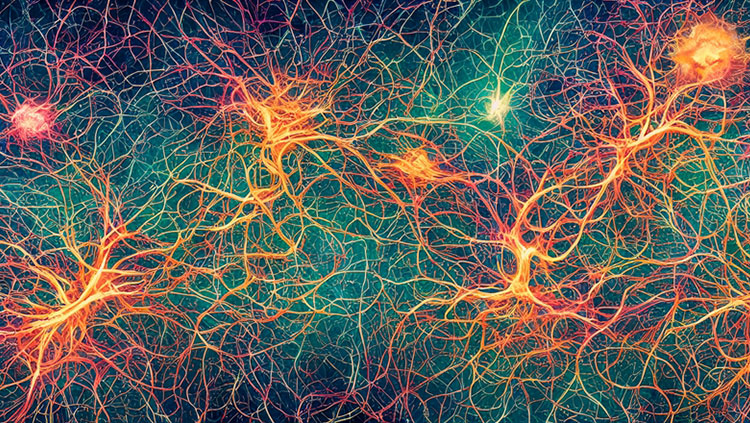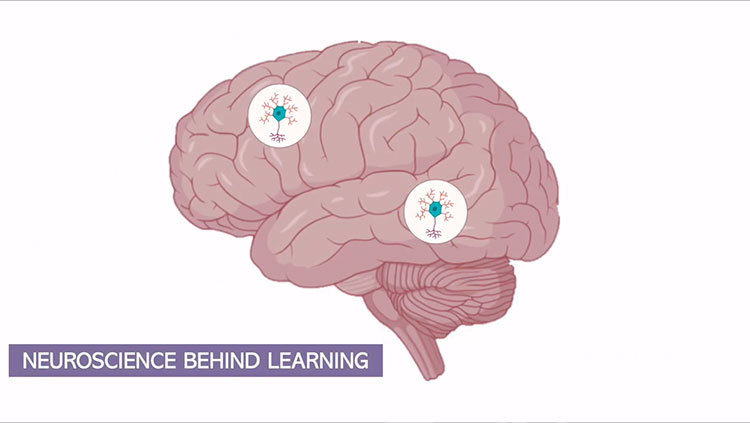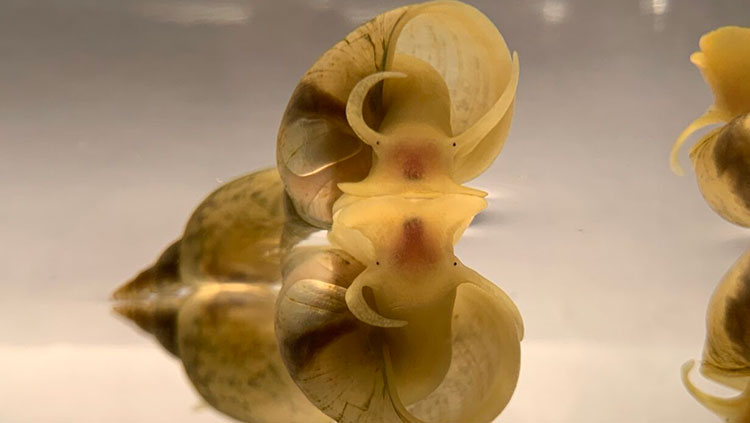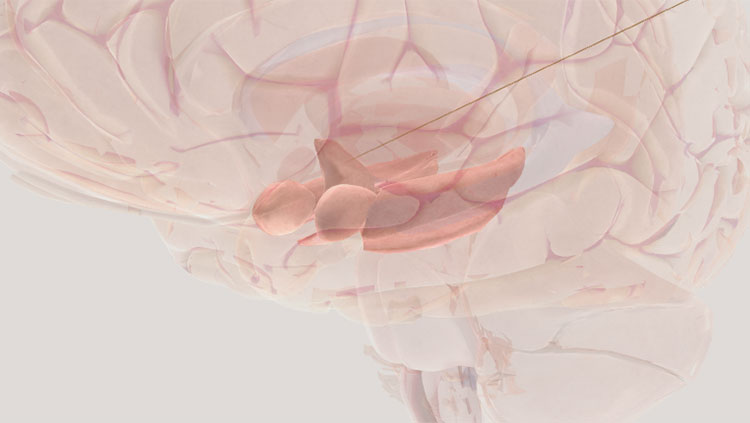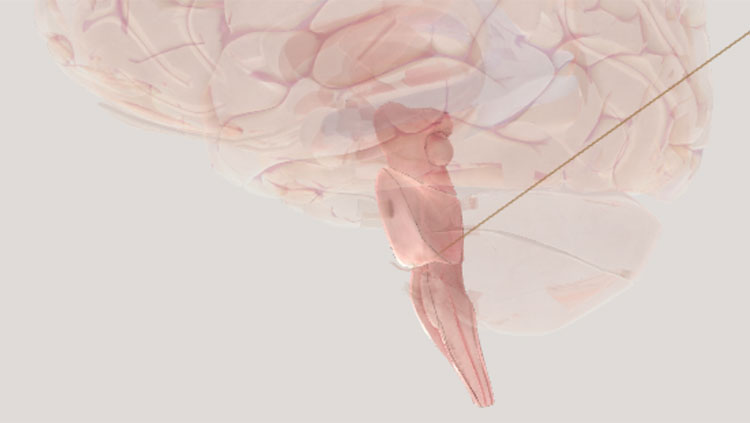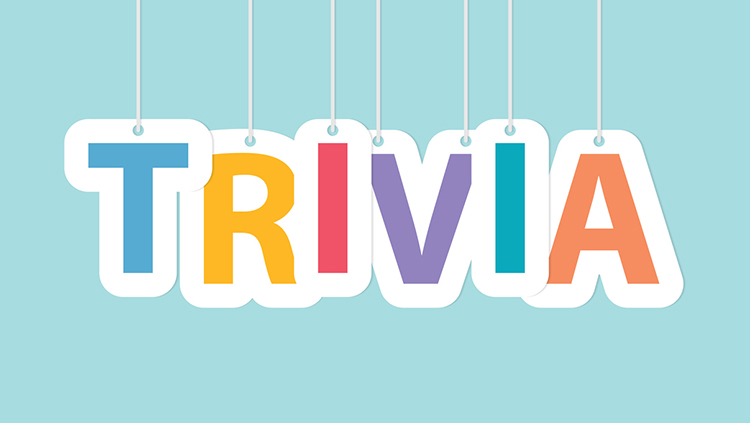Exploring the Brain’s GPS
- Published24 Jan 2017
- Reviewed24 Jan 2017
- Author Lisa Seachrist Chiu
- Source BrainFacts/SfN
It’s sometimes difficult to remember we once found our way without GPS. But we did. And, we still do. Whenever we explore a new city, walk in the dark, or travel a well-worn path, we rely on a network of specialized neurons deep within our brains to generate and maintain a cognitive map of our world. Efforts to tease apart that sophisticated network served as the basis for the 2014 Nobel Prize in Physiology or Medicine, even as scientists continue to explore the brain’s navigation system.
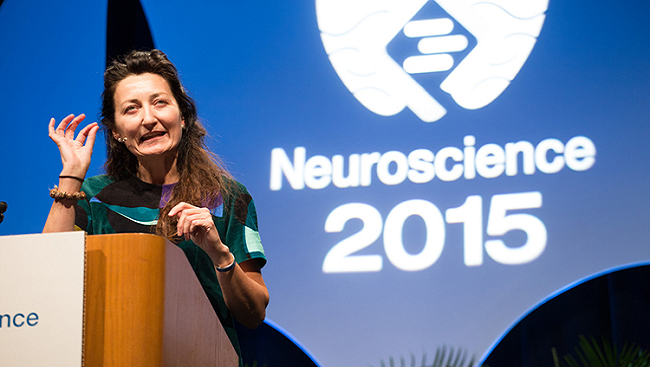
“If we want to navigate, we have to have a way of knowing where we are going and how fast,” May-Britt Moser told an audience at Neuroscience 2015 during her Presidential Special Lecture. “We have different types of cells that react to different aspects of space.”
A Sense of Place
In 1971, John O’Keefe, then at McGill University and now at University College London, discovered the first component of the brain’s GPS in the rat hippocampus — an area of the brain critical for memory. O’Keefe recorded the activity of single neurons as the animals roamed freely in their enclosure. He found certain neurons only fired when an animal moved through a particular spot of the enclosure. Naming these neurons “place cells,” he posited that the hippocampus housed the brain’s internal map of space where place cells represent an animal’s current location as well as those visited in the past.
The discovery of place cells fundamentally changed the understanding of the hippocampus from a structure dedicated solely to declarative memories to one also critical for navigating in space. Two scientists visiting O’Keefe’s lab in 1996 would build on that work.
On the Grid
Place cell activity alone couldn’t account for the rat’s ability to learn how to traverse its environment. O’Keefe’s mentees, Edvard Moser and May-Britt Moser of the Kavli Institute for Systems Neuroscience at the Norwegian University of Science and Technology, explored this problem after discovering that place cells functioned even after disrupting part of the hippocampal neural circuit. Reasoning that the spatial signal arises elsewhere, the researchers also studied freely roaming rats, recording individual cells from a region of the brain with direct connections to the hippocampus: the entorhinal cortex.
Like place cells, some of the recorded cells were active in certain places and then fell silent. Unlike place cells, the entorhinal cortex cells only fell silent for a bit and then became active again. It wasn’t until the team increased the size of the enclosure that it became clear that the cells became active at precise, repeating intervals. The activity of each individual cell formed a grid made out of regularly spaced triangles, much like a Chinese checkerboard. Discovered in 2005, “grid cells” have also been found in mice, bats, monkeys, and humans.
“This cell knows exactly where to be active and where to be silent,” May-Britt Moser said, noting they seemed to create a set of very stable reference points for navigating specific environments. And, because grid cells serve as an input to the place cells, the Mosers’ team speculated the grid cell is deciding about distances in the environment. John O’Keefe, Edvard Moser, and May-Britt Moser won the Nobel Prize in 2014 for their discoveries of place cells and grid cells.
The Brain's Compass and Speedometer
While place cells and grid cells are vital to creating an internal map, that map needs information that all GPS systems need in order to truly help us navigate — the direction in which we are moving and how fast we are doing it.
In 1984, James Ranck of the SUNY Downstate Medical Center described the first “head direction cells,” neurons outside the hippocampus and entorhinal cortex that fire in response to the direction a rat is facing. In 2006, the Mosers’ team found “head direction cells” in the entorhinal cortex where they could interact with grid cells. The group then identified a set of cells in the same area of the brain that discerned the edges of an environment, which they named “border cells.”
Finding cells to discern an animal’s speed took creativity: The Mosers’ team built a mini bottomless “Flintstone” car on a track. Rats would run toward a chocolate treat at a speed set by researchers. They found cells in and around the entorhinal cortex that fired faster when the rat was running more quickly and slowed down as the animal reduced its speed. The way these “speed cells” fired in concert with the speed of the animal was so consistent that researchers could determine the speed of the animal just by looking at the recordings from about a half dozen of the animal’s speed cells.
A Roadmap in Our Heads
Researchers continue to discover compelling insights about the brain’s GPS. For example, the Mosers’ lab raised rats in a spherical enclosure lacking defined edges and, therefore, lacking input from border cells. Because grid cells develop later than place and border cells, they fail to function properly if rat pups don’t learn about boundaries during the first 14 days after they open their eyes. These rats lose a critical part of their navigational repertoire.
The understanding of the navigational circuit is feeding back into some of the most difficult problems in neuroscience. The ability of the brain’s internal map to adapt provides mechanisms by which we may consolidate our memories. And, because the entorhinal cortex is damaged early in the course of Alzheimer’s disease, its critical role in navigation not only provides insight into why getting lost is one of the first symptoms of Alzheimer’s, but offers new avenues for exploring and potentially ameliorating the disease.
“This is just an amazing story,” May-Britt Moser told her audience at Neuroscience 2015. And one that promises to continue to capture the scientific imagination.
CONTENT PROVIDED BY
BrainFacts/SfN
Also In Learning & Memory
Trending
Popular articles on BrainFacts.org


